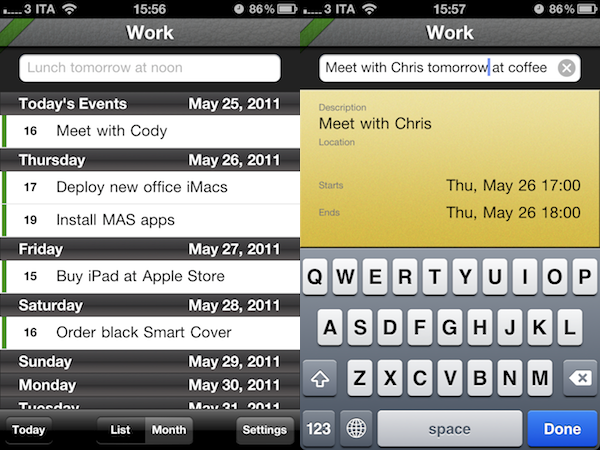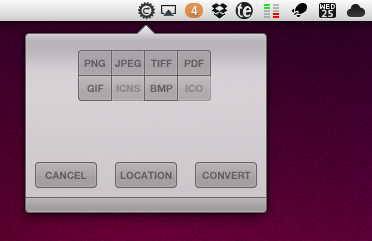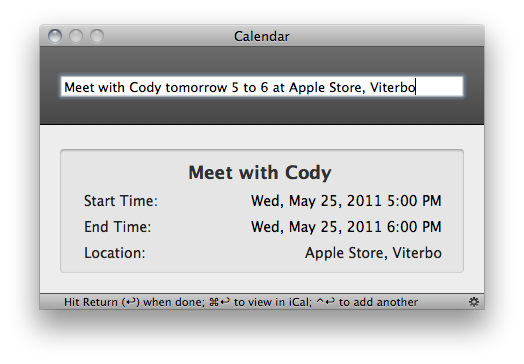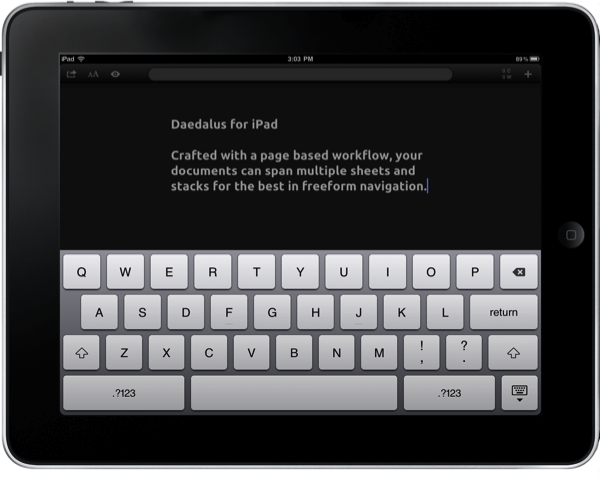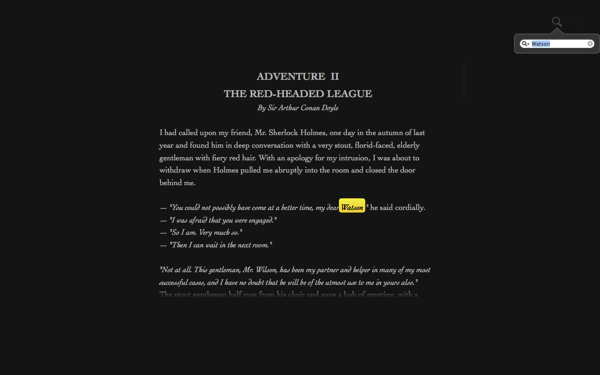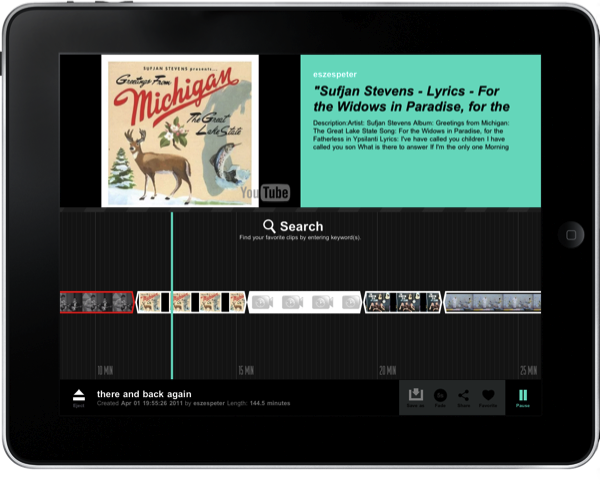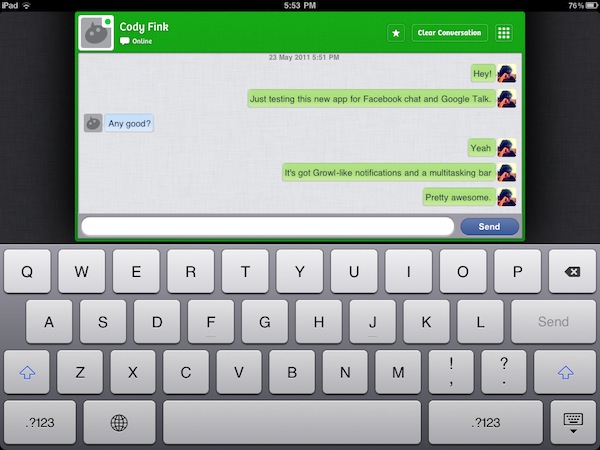If you’re an iOS or Mac developer, or you handle the marketing for a development studio that has apps on Apple’s App Store, you know the importance of checking rankings for your application on all the international App Stores. It doesn’t matter if your app is the next Angry Birds (probably not, though The Heist managed to take the #1 spot in the iPhone App Store after months of Rovio dominance) or something that will be fine sitting between the #20 and #100 positions, checking rankings by country and category is a common practice that helps you better understand how well an app is doing, where, and quite possibly also why.
Ranky, a new app by Studio Dalton, wants to make the process of studying rankings extremely simple, focused and beautiful. The app provides real-time results for iOS and Mac App Store apps, a feature that’s surely welcome as it allows to check for any app distributed through Apple’s App Stores. Once you’ve entered any iPhone, iPad or Mac app to track, you’ll only have to select the countries you’re interested in to start analyzing the markets. After that, for each app you’ll get an overview by category or “overall” – the same applies if you filter down apps by country, you’ll get the same screen with “overall” and “category” screens to see how your app is performing. Ranky also comes with the possibility of displaying changes since the last time you checked the app, and email and Twitter sharing built-in.
With a beautiful interface and a simple, yet powerful feature set, Ranky is a neat little tool iOS and Mac devs should test right away. Go download the app here at $0.99.




